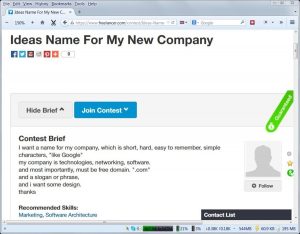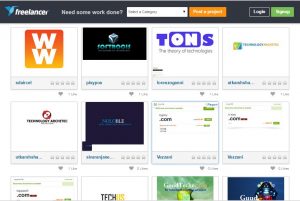Do you run meetups and feel that they don’t resonate with your community?
Are you having a hard time getting enough attendees for your events?
Are you getting participants which are not your ideal target audience?
Are you spending resources on meetups that may not support your business goals?
You’re not alone.
High quality meetups are hard to organize, so most meetups suck. Meetup organizers often spend resources – money, time, energy – on features that don’t contribute to the success of the meetup; they run meetups without having clear goals in mind, and don’t analyze and implement changes to optimize the process.
In this article series I will share with you my experience running meetups. I’ve been organizing meetups since 2013, and over time gathered knowledge that helped me improve significantly. I started with a meetup group for INcubes, a Toronto-based startup accelerator, and these days I run a developer meetup group in Tel Aviv, with almost 3000 developers.
Follow the tips below to optimize your events, so both you and your attendees will get the most out of them. If this seems like too much work, remember that even by implementing only a few of the tips, you can create a significant difference.
#1 – Understand what makes a bad meetup
When I started running meetups, I took into account my experiences as a meetup attendee, which were 80% negative. Most meetups I went to felt like a waste of time. I didn’t want the meetups I organized to feel like a waste of time. I wanted them to be awesome. I wanted participants to feel that they had a great time.
A good meetup starts with dedicated thinking: thinking about your goals and about what makes people enjoy meetups in general.

You need to understand what can leave a meetup attendee with a sour feeling. Then you have to make sure it doesn’t happen at your meetup. Below is a partial list of “event-turnoffs”:
- Attendee was ignored upon entrance
- Logistic issues – couldn’t find the place/date was changed last minute etc.
- Food and drink – there was nowhere to get water/it was dinner time and there were no snacks / etc.
- Attendee was hoping to network and connect, but didn’t talk to anyone
- There was no engagement opportunity
- Attendee was bored
- Expected an intimate event and arrived into a big event and vice versa
If you keep these in your mind while planning your event, you are guaranteed to have happier attendees. We will address each one of these “event-turnoffs” as we along.
#2 – Define meetup goals
Defining your goals is crucial before going on to determine things such as event topic, target audience, marketing channels, event venue, paid/unpaid, and more.
Here are some ideas for business goals:
- Raise awareness to your company
- Give back to the community (often the motivation behind such events is branding)
- Generate leads for your sales funnel
- Test a new product or service
- Stay relevant in your industry
- Recruit
- Sell
A note on selling: determine whether potential attendees are in the market for your product or service. If they are not, your event is more likely to succeed if the goal is “generate leads” rather than “sell”. Understanding the state of mind of your attendees in this case will command the content of the event; when the audience is interested in what you have to sell and is considering a purchase, they are happy to hear about the product/service, prices, options, features, etc. When your audience is not in the markets yet, you have to provide value and start nurturing a relationship – steer away from explicit sales content.
Of course , you can also run meetups to further personal goals: appear as an authority in your field, get hired for jobs or projects, network, get experience with event organizing or public speaking, make friends, etc.
Upcoming in the next article: how to come up with a topic and speaker.
















